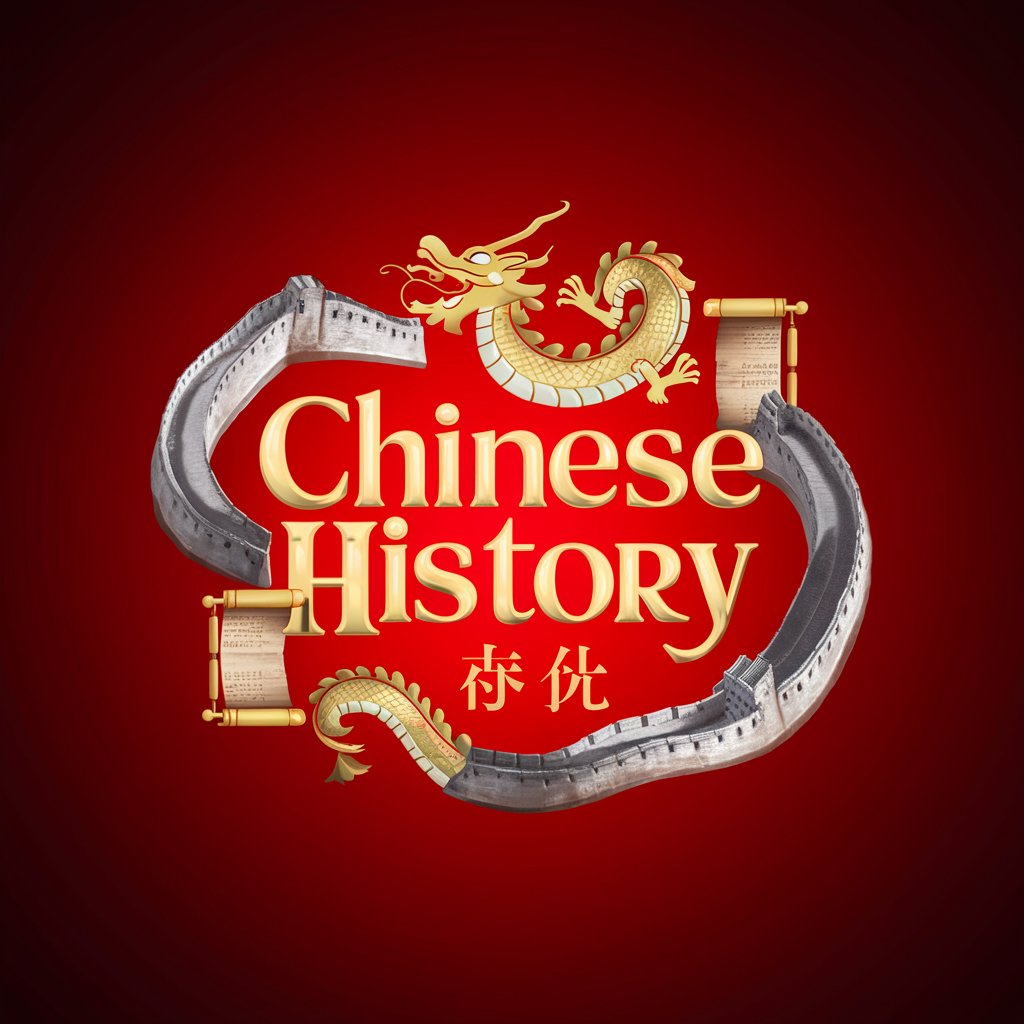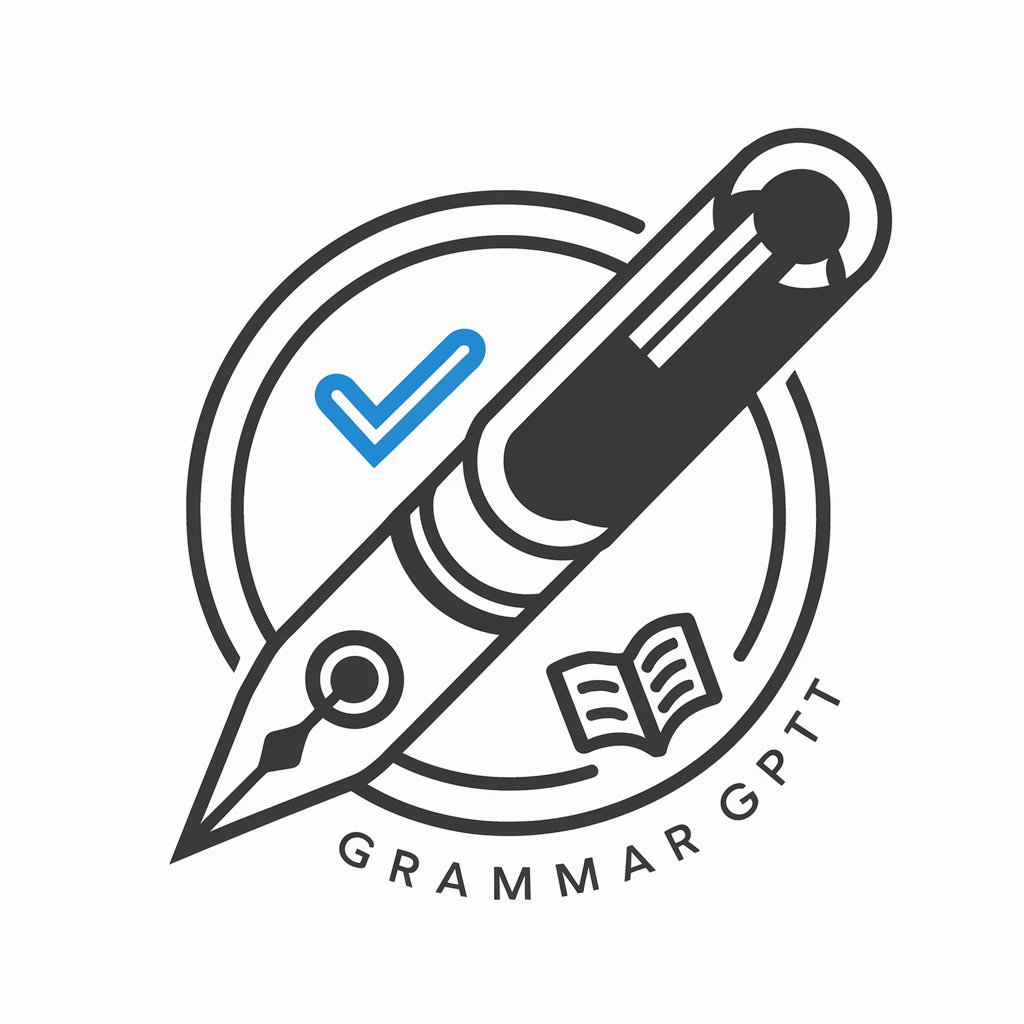
Chinese History 中国历史-AI-driven Chinese History research tool
AI-powered insights into Chinese history

A specialist in Chinese history, providing detailed, accurate historical information.
Tell me about the Tang Dynasty.
Who was Confucius?
Explain the significance of the Great Wall.
Describe the Cultural Revolution.
Get Embed Code
Detailed Introduction to Chinese History
Main Functions of Chinese History
Historical Chronology
Example
Providing a timeline of major events, from the Xia Dynasty (c. 2070–1600 BCE) to the current People's Republic of China.
Scenario
In an academic setting, students might study the entire history of Chinese civilization by examining key dynastic periods, starting with the mythical Xia Dynasty and progressing through the Shang, Zhou, Qin, Han, and subsequent dynasties. A professor teaching Chinese history might reference the rise and fall of these empires to discuss how political centralization evolved over time.
Understanding Cultural Evolution
Example
Explaining the development of Chinese philosophy, art, and literature, such as Confucianism, Taoism, and the invention of paper during the Han Dynasty.
Scenario
A cultural historian might explore how Confucian ideals influenced government policy, with specific examples such as the imperial examination system used for selecting government officials during the Tang Dynasty. Furthermore, scholars can discuss how Chinese art evolved during the Song Dynasty, with the growth of landscape painting and ceramics.
Political and Social Structures
Example
Exploring the dynastic cycle, the feudal system, and the roles of emperors and peasants in traditional Chinese society.
Scenario
In a contemporary context, policymakers could use historical insights to draw parallels between the power structures of ancient Chinese dynasties and modern governance systems. For example, a comparison between the governance of the Qing Dynasty and the current Communist Party leadership might reveal trends in centralized power, bureaucratic control, and the relationship between rulers and citizens.
Ideal Users of Chinese History Services
Academics and Researchers
Historians, scholars, and researchers focusing on East Asian studies or world history would find detailed knowledge of Chinese history invaluable. These users benefit from access to primary and secondary sources, helping them to understand historical trends and apply that knowledge in academic writing or research. For example, a historian researching the cultural impacts of Confucianism in East Asia would find an exploration of its roots in Chinese history highly relevant.
Educators and Students
Teachers and students involved in the study of Chinese history would use services to supplement their learning. In high school or university classrooms, understanding Chinese history helps provide context for global events and influences. A history teacher might use timelines of the different Chinese dynasties to explain the cyclical nature of political regimes, while a student writing a paper on the Silk Road would rely on resources outlining the exchange of goods and ideas between China and other parts of the world.
Cultural Enthusiasts and Tourists
Those with an interest in Chinese culture, art, or travel would benefit from detailed information on historical landmarks, such as the Forbidden City or the Terracotta Army. Tourists planning to visit China may use historical insights to better understand the significance of the sites they visit, enhancing their travel experience by connecting history with their real-world exploration.
Policymakers and Political Analysts
Individuals in government or global affairs would find insights into the dynastic cycles, governance structures, and the role of the emperor crucial for understanding China's current political system. For instance, a political analyst working on U.S.-China relations might refer to historical power struggles between regional warlords during the Three Kingdoms period to analyze modern challenges of central authority in the Chinese government.
How to Use Chinese History (中国Chinese history tool usage历史)
Visit aichatonline.org for a free trial without login, no need for ChatGPT Plus
To get started, go to aichatonline.org. There’s no need for registration or a subscription to begin using the site. You can immediately access the free trial version and start exploring Chinese history.
Choose your area of interest
Once you’re on the platform, select your area of interest in Chinese history. This can range from the Ancient Dynasties, the Cultural Revolution, to the Tang, Song, and Ming dynasties. You can browse by periods, topics, or specific historical figures.
Use search and filtering options
To optimize your experience, use the search function or filters available. You can narrow down your focus to specific events, historical figures, or themes such as war, culture, philosophy, and art in Chinese history.
Engage with AI-powered content
Take advantage of the AI-powered interactive features. The platform generates insightful articles, summaries, and discussions on the topics you select. AskHow to use Chinese history questions or request specific insights about the Chinese history subject you're studying.
Access advanced content for deeper exploration
For more in-depth research, consider exploring the premium content once your free trial ends. The platform allows you to dive into scholarly articles, historical analyses, and other advanced features that can assist in academic or personal research.
Try other advanced and practical GPTs
Matlab
AI-powered MATLAB assistant for code generation, optimization, and deployment.

Suno音乐创作大师
Create music effortlessly with AI

ASIST - FORMULACIÓN Y EVALUACIÓN DE PROYECTOS
AI‑powered project formulation and evaluation

Grammar GPT
AI-powered grammar enhancement at your fingertips.

Derecho Civil Español
AI‑powered Spanish civil law drafting & research

Flowchart | Diagrama de flujo | خريطة تدفق | 流程图
AI-powered flowcharting for streamlined processes.

Kubernetes
AI-powered Kubernetes orchestration made simple.

Oncology Expert
AI‑powered oncology assistant for evidence synthesis

PostgreSQL (Postgres)
AI-powered PostgreSQL management made simple.

IELTS Task 1 Rater
AI-powered scoring for IELTS Task 1

Health Educator Assistant
AI-powered Health Education Assistance for All.

Thumbnail Sketcher
Smart Thumbnails, Powered by AI

- Academic Research
- Interactive Learning
- Cultural Exploration
- Historical Analysis
- Period Study
Frequently Asked Questions about Chinese History (中国历史)
What periods of Chinese history are covered?
The platform covers a wide range of Chinese history, from the earliest known civilizations like the Xia Dynasty to the modern People's Republic of China. Key periods include the Qin Dynasty, Tang Dynasty, Ming Dynasty, and the Cultural Revolution.
How does the AI feature help in understanding Chinese history?
The AI uses advanced algorithms to generate context-rich content based on historical data. It helps break down complex events and figures into easier-to-understand summaries, provides insights into cause-and-effect relationships in history, and can even engage in a Q&A format to clarify specific points of interest.
Can I use this tool for academic research?
Yes, the tool is ideal for academic writing and research. It provides in-depth analyses, scholarly references, and historical citations that can be directly used in academic work. You can also ask the AI to generate essays or summaries based on specific research topics.
Can I ask for specific historical insights?
Absolutely. You can request specific insights on a particular dynasty, event, or figure, such as the role of Confucianism in the Tang Dynasty or the impact of the Opium Wars on modern China. The AI will generate targeted responses.
What makes this platform different from traditional history resources?
Unlike traditional resources, this platform uses AI to dynamically generate content tailored to your interests, making your exploration of Chinese history more interactive. It provides personalized insights, real-time responses, and the ability to ask specific questions.






